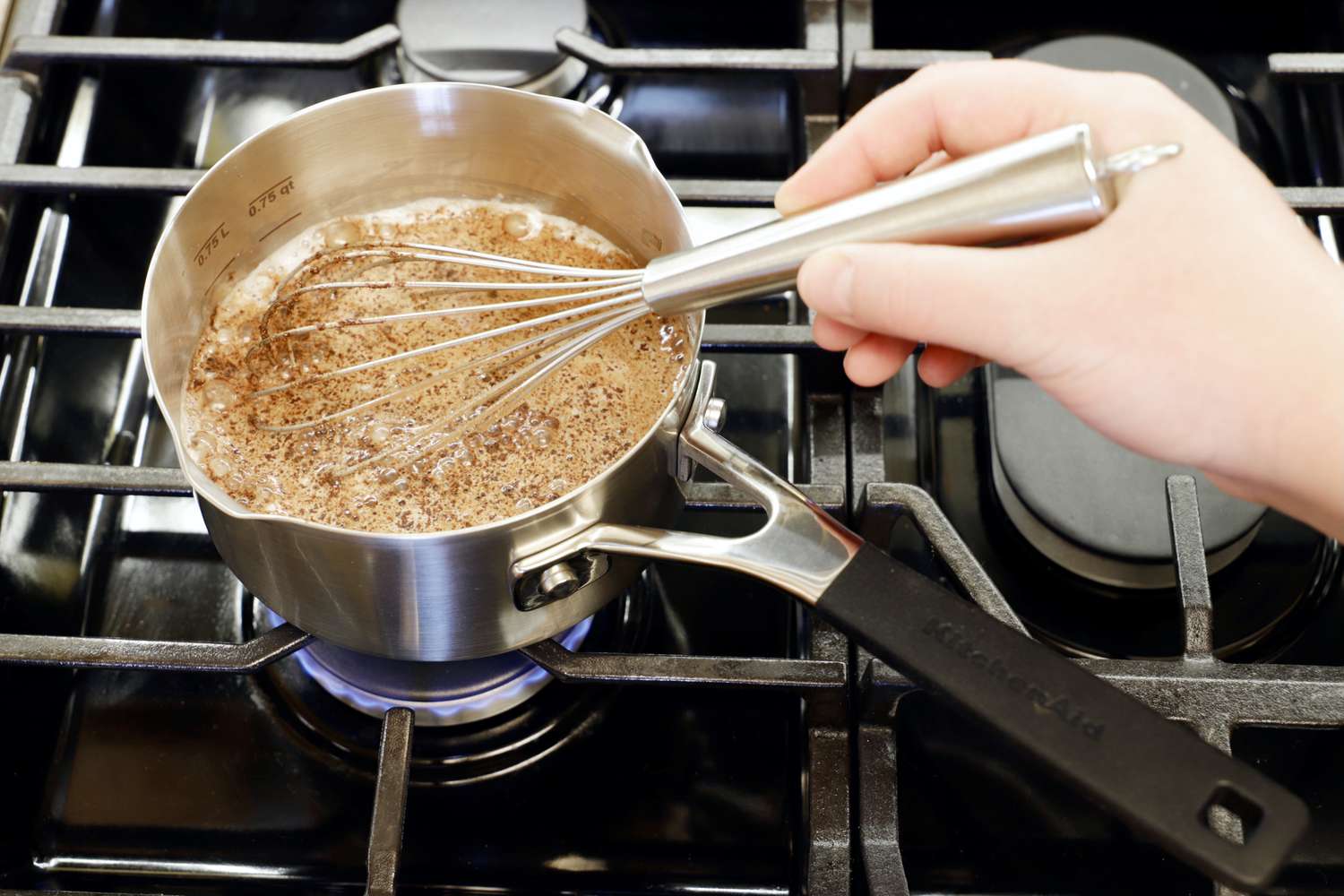For kitchen professionals looking to elevate their culinary game, understanding the tools at their disposal is paramount. One such essential tool is the induction saucepan. But what is an induction saucepan, and why is it becoming a staple in modern kitchens? This article will explore the intricacies of induction saucepans, their materials, heating mechanisms, benefits, and more.

Understanding Induction Cooking
Induction cooking is a modern method that uses electromagnetic energy to heat pots and pans. This method is highly efficient and provides precise temperature control, making it ideal for professional culinary settings. But again, what is an induction saucepan? It is a saucepan specifically designed to work with induction cooktops, featuring a flat, magnetic base that facilitates rapid heating.

Materials Matter: What Makes an Induction Saucepan?
Induction saucepans are typically made from specific materials that are compatible with induction cooking. These include:
- Stainless Steel: Durable and resistant to corrosion, it offers excellent heat distribution.
- Cast Iron: Known for superior heat retention, cast iron saucepans are perfect for slow cooking.
- Copper: A great conductor of heat, copper saucepans can heat up quickly, though they are usually lined with stainless steel for durability.
When choosing an induction saucepan, it is crucial to ensure it has a flat bottom and a magnetic base. For more details on choosing the right saucepan for your cooking needs, you can check out this helpful resource on how to choose a saucepan.

How Does an Induction Saucepan Work?
The beauty of an induction saucepan lies in its working mechanism. When placed on an induction cooktop, the cooktop generates a magnetic field, which induces an electric current in the saucepan. This current heats the metal directly, making the saucepan itself the heat source.
Advantages of Using an Induction Saucepan
1. Efficiency: Induction cooking allows for faster heating and energy savings because heat is generated directly in the pot. 2. Precision: It offers precise temperature control, allowing chefs to execute cooking techniques perfectly. 3. Safety: Induction cooktops remain cooler than traditional gas or electric stoves, reducing the risk of burns. 4. Easy Cleanup: Since the cooktop itself does not get as hot, spills are less likely to burn onto the surface.
These advantages make induction saucepans an appealing choice for professionals in the culinary field. For additional tips on frying and using different cooking techniques, refer to our guide on frying in a saucepan.
Common Uses for Induction Saucepans
Induction saucepans are versatile and can be used for a variety of cooking tasks, such as: - Boiling Water - Making Sauces - Steaming Vegetables - Simmering Soups
For a detailed look into melting butter or cheese in a saucepan, check out our articles on melting butter and removing melted cheese from your saucepan.

How to Care for Your Induction Saucepan
Caring for your induction saucepan ensures longevity and sustained performance. Here are essential care tips:
- Clean Regularly: Use a soft sponge and mild detergents to clean your saucepan after every use.
- Avoid Scratches: Use utensils made of wood or silicone to prevent scratches on your saucepan's surface.
- Store Properly: Stack carefully with protective layers to prevent any damage.
For advice on maintaining saucepans, visit this detailed guide.
FAQ Section
1. What materials are best for an induction saucepan?
Best materials to look for when buying an induction saucepan include stainless steel, cast iron, and copper. Each has unique cooking features and benefits.
2. Can I use my induction saucepan on a traditional gas stove?
It is generally possible, but the efficiency may decrease, and there's a risk of damaging the induction cookware due to flame exposure.
3. How do I know if my saucepan is induction compatible?
Check if a magnet sticks to the bottom of your saucepan. If it does, it is induction compatible.
In conclusion, induction saucepans represent a modern approach to cooking that meets the demanding needs of professional kitchens. With numerous advantages and versatile uses, it is no surprise that they are becoming increasingly popular among culinary experts. For more insights into saucepans and their uses, verify my other blogs at What is a Saucepan? and understand their role in modern cooking practices.
As an Amazon Associate, I earn from qualifying purchases.






Leave a comment
This site is protected by hCaptcha and the hCaptcha Privacy Policy and Terms of Service apply.